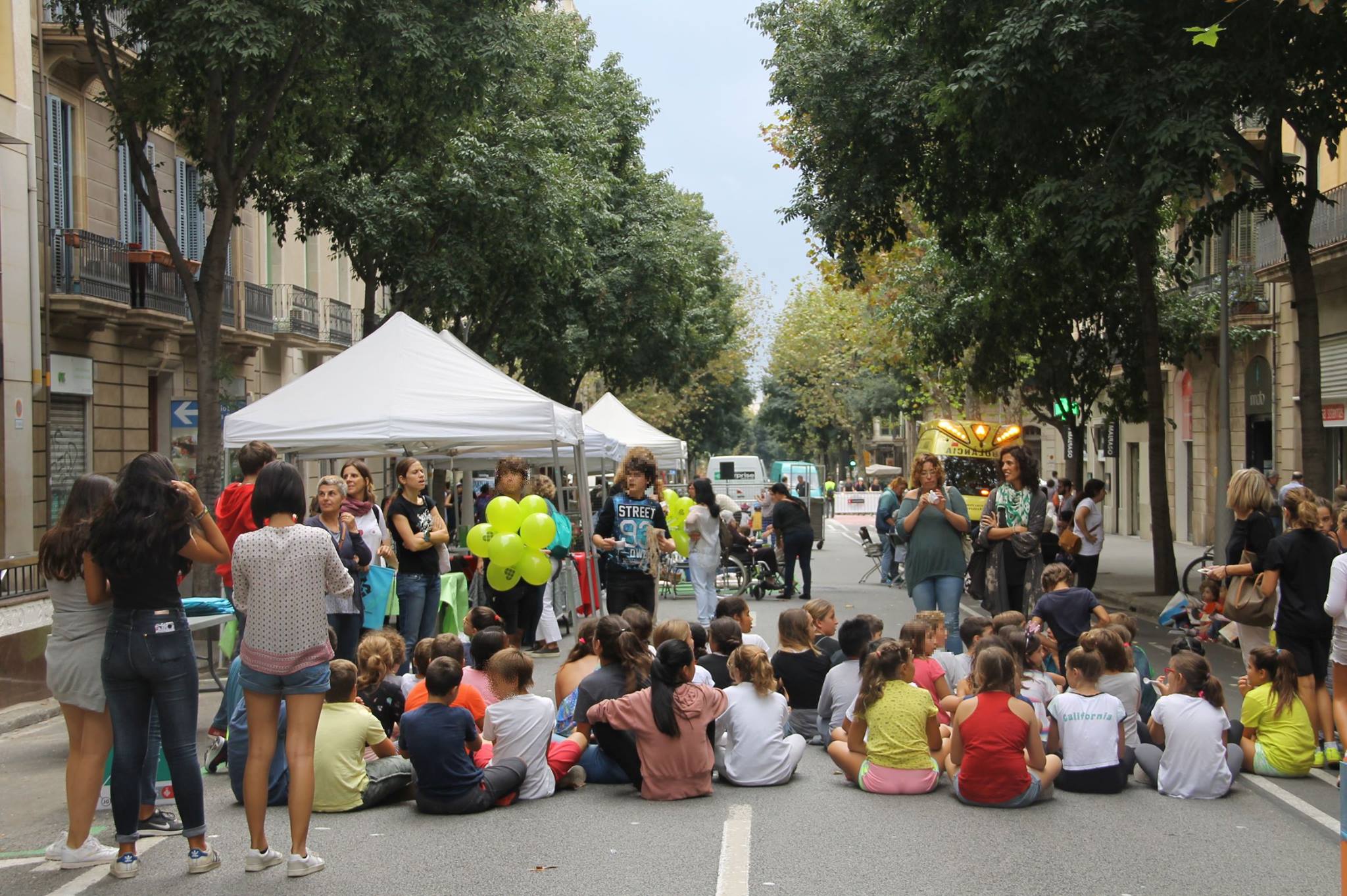Cabbage, Soil and Smart Citizen Kits: Sensing our Environments
14 March 2017
Making Sense welcomed a group of 15 eager students from Kuwait to Fab Lab Barcelona.
Here they joined us in our pilot focusing on understanding the local environment, and learning about how pollution can affect local species, in particular birds
We adapted and used some of the Smart Kids Lab activities originally designed by our colleagues at Waag in Amsterdam as part of the theme of going from analog to digital sensing.

The first phase was for the students to learn about various bird species native to the area surrounding the Green Fab Lab in Valldaura. They looked at the behaviours of the birds, where they prefer to nest, and the types of foods they eat, all with the aim of building bird feeders suited to each species.

The Fab Kids Lab workshop asked the students to consider how sensing air pollution and the acidity of water and soil (pH level) might be helpful to maintaining a healthy environment for the birds. We talked about how knowing the quality of the air around the birds’ preferred eating and nesting spots would allow us to ensure the birds are not exposed to toxins.
Monitoring the soil acidity also allows us to make sure that the plants the birds eat are healthy and thriving. How can we use everyday materials as well as technology to sense the conditions of our environment?
In a second phase, we measured the acidity of soil samples and some common household liquids using red cabbage juice as a gauge. Red cabbage naturally changes colour in the presence of acidic and alkaline materials, and provides an easy and inexpensive way to measure pH levels. The students were divided into 3 groups, each testing a liquid and soil sample.
After preparing the red cabbage juice by blending the cabbage leaves in water and then straining the pulp, we added cola, lemon juice, and dishwater to see what results they gave.

The kids were curious about how red the lemon juice turned the cabbage juice due to its high acid content. The cola was also quite acidic, while the dishwater turned the liquid blue, indicating an alkaline level. Next, each group tested a soil sample that included organic soil, soil from the surrounding urban streets, and potting soil used in home gardening. We were surprised at how neutral the soil from the street was!

The red cabbage gauge offered immediate and useful information on acidity levels, but how might technology provide another perspective? The students By introducing the Smart Citizen Kit, we looked at how digital sensors can provide information over a longer period of time by tracking levels of environmental factors.went through the Onboarding experience, putting together a Smart Citizen Kit, and connecting it to the SmartCitizen.me platform where they saw how sensors are located across the world, and how data can be compared across various sites.

In a third phase, the students created air pollution monitors using juice cartons and Vaseline to capture particulate matter in the air. They also participated on an intensive maker workshop to create beautiful bird feeders suitable to the different species.The sensors were deployed alongside the bird feeders to be able to visualise air pollution levels around their birds’ feeding spots.
The final activity aimed to support data sensemaking in a creative way. We hid a bunch of Smart Citizen Kits around the woods and had them stream data from their secret location. The kids were then able to access the data through smartcitizen.me and were asked to make sense of them to discover where the sensors were hidden. The students played a game of scavenger hunt to discover where the sensors have been hidden, and guess what? They found them all!















